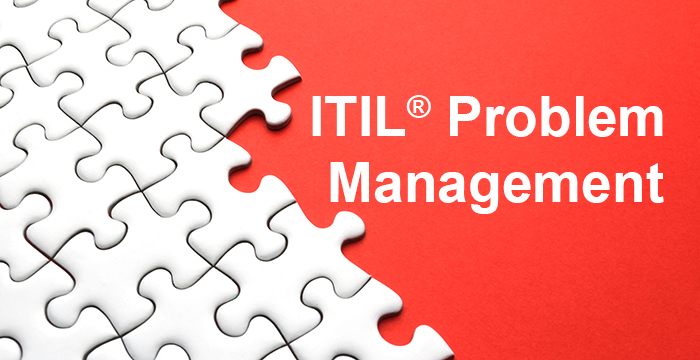

ITIL is now owned by a partnership between the UK Cabinet Office and Capita called AXELOS. It consisted of a group of IT service management processes outlined in a library of books. It was originally created to standardize the processes for IT support and service management. ITIL was first created in the 1980s by the UK's Central Computer and Telecommunications Agency (CCTA), a government agency providing IT support to other departments. This article explores the ITIL Framework, the benefits it brings to organizations, and the merits of ITIL certification. There are different levels of ITIL certification for IT and digital professionals to develop their understanding of the framework.

A modular structure means implementation and improvements can be made in stages. It is used to improve core IT service processes and is flexible to each organization's unique requirements. The ITIL Framework helps an organization to define its IT service, align services with customers' needs, and produce a clear model for ongoing success. One of its stronger features is a template for a Service Value Stream (SVS), a flexible approach to assessing, creating, and improving service delivery processes. The focus is on improving efficiency while delivering quality services. Organizations can use its adaptable models and procedures to achieve continuous improvements to end-to-end services. Its latest edition – version 4 - was launched in 2019, ensuring the framework provides solutions to the reality of today's IT service industry. It's a vital tool in the modern digital workplace and provides a clear structure for achieving digital transformation. It is a framework used by a huge range of organizations to ensure IT services are fully aligned to an organization's key goals. The Information Technology Infrastructure Library (ITIL) framework is a set of best-practice procedures and processes for IT and digital service management.


 0 kommentar(er)
0 kommentar(er)
